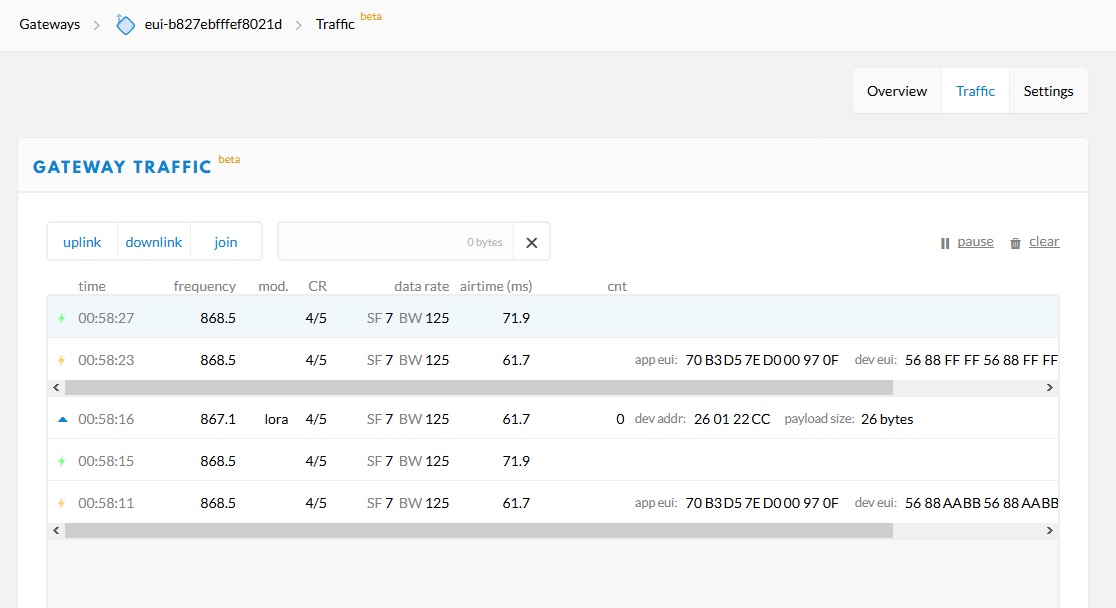Just to add something useful to this topic. Found some spare time this evening and decided to try an OTAA join with different hardware. I used an original Arduino Uno (5v with 16Mhz crystal) and a RFM95W chip. Connected the inputs/outputs of the RFM95W directly to the Uno using some soldering of jumper wires. The most “dirty” way of prototyping 
Connected everything up using the Mobilefish.com website.
Added a sensor to TTN, used the example that came with the LMIC library and powered it all up…

Instant SF7 connection! (Without using the LMIC_setClockError function.) Also switched on the Pro Mini as you can see, but no luck joining there… Definitely hardware playes a role as well as software. (As KPN OTAA let’s the Pro Mini join SF7.)